
Force Multipliers for Moving Capital to Impact
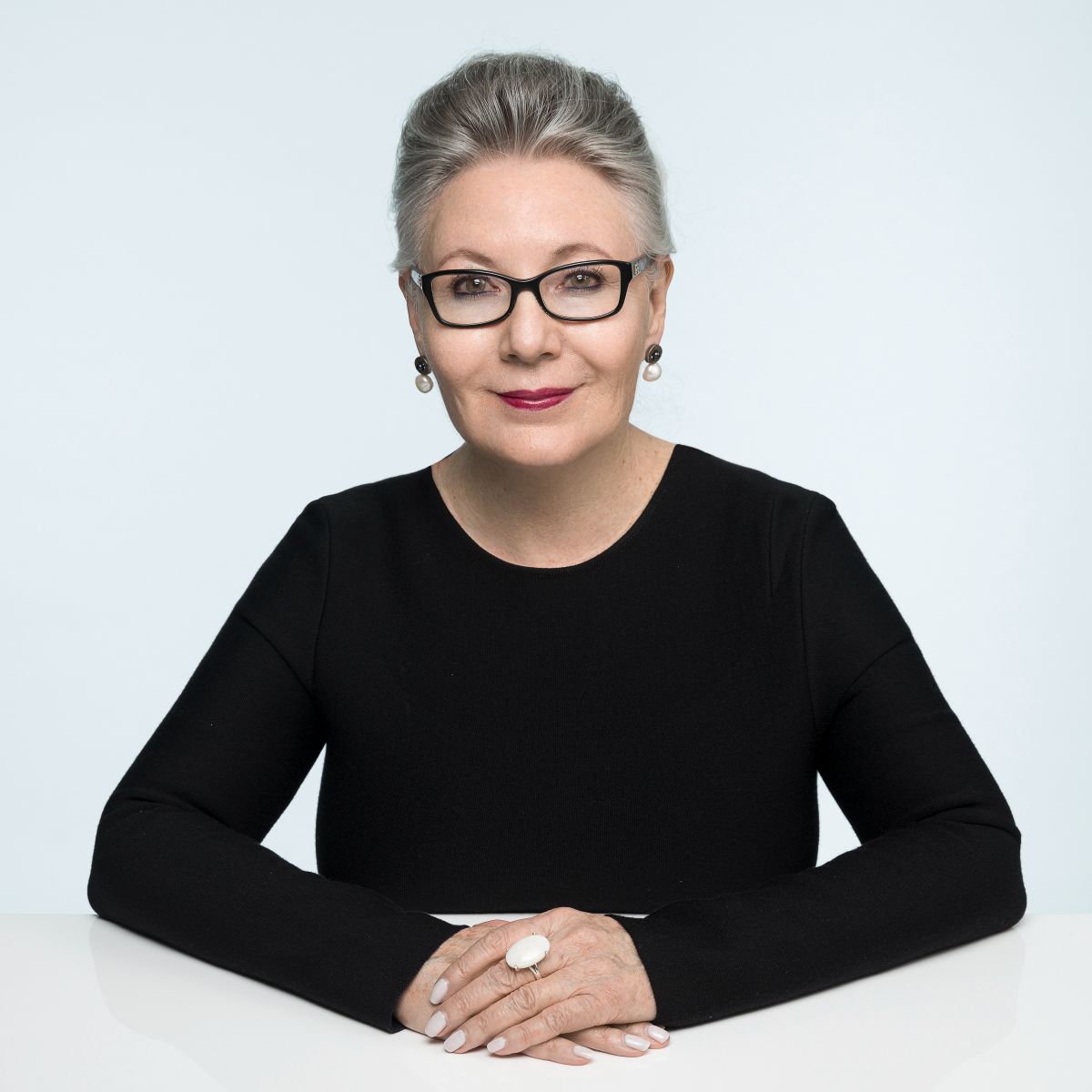
Microsoft is the world’s most valuable company with a market cap of $3.041T as of March 2024. The most recent Annual Meeting of the Microsoft Corporation was held in December 2023 and one of the most fascinating aspects of the presentation and question-and-answer period was the time allocated to discussion regarding the limitations of the free market, with a Microsoft executive explaining that “it doesn’t reach all”, and that “the force multiplier for Microsoft” to empower technical skills and education is not market-based but dependent upon teachers and schools, international nongovernmental organizations, the United Nations (UN) particularly UNICEF, and nonprofit/volunteer organizations.
The north American ecosystem is replete interpretations of how for-profit entities and civil society working together towards the greater good, as so beautifully captured by Eric Saarvala, MBA, CSR-P, G. Dipl. SR&S in The Semantics of Corporate Social Responsibility (CSR), Social Purpose and Sustainability.
At the same time the growing and evolving phenomenon of impact investing in North America is amplified through the adoption of the tri-sector approach, with government adopting a social investment and social finance strategy, philanthropists and ultra-high net worth individuals adopting impact investing, and corporations (spurred on by shareholder activism) and business owners, deploying creative financial structures and vehicles.
Nowhere in the world is the concept of moving capital towards impact more dynamic than in Asia, with the epicenter in Singapore, where the concept of Government-Linked Investment Companies (GLIC’s) or Government Linked Corporations (GLC’s) in partnership with the social investment network are addressing increasing inequality and multi-dimensional poverty in many countries.
In 2014, India became the first country in the world to legislate corporate social responsibility for companies with an average net profit of at least fifty million rupees (approximately USD $816,000) over three consecutive years, requiring them to spend at least 2% of their three-year annual average net profit on CSR initiatives
Japan is driving the development of pay for success models to leverage government spending to attract philanthropic and private capital. In 2020, Japan was the third largest issuer of Social Impact Bonds (SIBs) worldwide, issuing a total of USD $8.3 million worth of SIBs.
Doubling down on its “common prosperity” approach, China is driving policy changes across the three resource distribution layers of market mechanisms, taxation and fiscal transfers, and charity and philanthropy. Paired with the Charity Law that came into force in 2016, corporate, philanthropic, and individual giving has soared in recent years.
Transforming the Indonesian economy is National Petroleum Limited, commonly known as Petronas, a global Malaysian energy group with a presence in over 100 countries. Established in 1974, it is a legal entity incorporated under the Malaysian Companies Act. The corporation is vested with all oil and gas resources in Malaysia and is entrusted with the responsibility of developing and adding value to these resources.
In the annual Fortune Global 500 list for 2022, Petronas was ranked at 216th. It also ranked 48th globally in the 2020 Bentley Infrastructure 500. The Financial Times has identified Petronas as one of the “new seven sisters”, considered to be influential and mainly state-owned national oil and gas companies from countries outside the OECD.
Petronas provides a substantial source of income for the Malaysian government, accounting for more than 15% of the government’s revenue from 2015 to 2020.
Petronas bestows educational sponsorships in the form of convertible loans upon both Malaysian and international students, facilitating their pursuit of higher education at local or overseas universities.
Upon successful completion of their tertiary studies, scholars absorbed into Petronas have their convertible loans transformed into comprehensive scholarships. These scholars are contractually obliged to serve the company for a period of two years for each year of sponsorship.
Petronas has its own research university, Universiti Teknologi Petronas (UTP), built in 1997 and located in Seri Iskandar, Perak.
The gold standard of public foundations is Temasek Holdings, Singapore’s sovereign wealth fund, which has committed or SGD 2 billion of its portfolio to community support. The Temasek Foundation, one of the philanthropic arms has deployed more than SGD 791 million to date. Yet another arm, Philanthropy Asia Alliance, creates multi-sector partnerships across the world as a force for good, fostering innovation, driving momentum and scaling impact.
The Secret Sauce (Abridged)
Asia Venture Philanthropy Network (AVPN) is a unique funders’ network based in Singapore committed to building a vibrant and high impact social investment community across Asia. As an advocate, capacity builder, and platform that cuts across private, public, and social sectors, AVPN embraces all types of engagement to improve the effectiveness of members across the Asia-Pacific region.
The core mission of AVPN is to increase the flow of financial, human, and intellectual capital to the social sector by connecting and empowering key stakeholders from funders to the social purpose organisations they support. With over 600 members across 32 countries, AVPN is catalysing the movement towards a more strategic, collaborative, and outcome-focused approach to social investing, ensuring that resources are deployed as effectively as possible to address key social challenges facing Asia today and in the future.
What follows are the top-line components to move capital to impact captured in an amazing Philanthropy Handbook developed by AVPN.
Multi-Disciplinary Networks and Collaboration
Globally impact organizations continue to expand in size and shape from charities to ground-up initiatives and for-profit organizations, reinforced by the UN Sustainable Development Goals (SDG’s), which are premised on all sectors of society contributing to solutions – not just government but business, civil society, academics, media and crucially philanthropy.
Collaborations can take many shapes, ranging from the informal and unstructured exchange of knowledge to the formally structured long-term pooling of resources. Examples of formalised collaborations include pooled funds, giving circles, and multi-stakeholder partnerships.
A multidisciplinary approach can accomplish more in addressing complex social issues where there is no silver bullet. Where relevant, teams engage data managers/researchers, technology experts and players in other disciplines to assess working hypotheses, validate assumptions or prototype/iterate interventions and help program partners refine strategies and plans.
Collaboration and partnership are key to understand the issues more holistically, to develop a working hypothesis of what could make a meaningful difference, undergirding the work in curating, designing and/or supporting different programs and research projects.
Blended Finance
Blended finance is the use of catalytic capital from public or philanthropic sources to increase private sector investment in sustainable development. It is a structuring approach that allows actors from the private and public sector to work alongside while pursuing different objectives. Actors’ objectives can include financial return, social impact, or a blend of both.
Public or philanthropic capital acts as a catalyst to attract and enable private sector investment by accepting disproportionate risk or concessionary returns.
An example is Social Impact Guarantee (SIG): SIGs are results-based financing mechanisms that allow donors to ensure that their donation achieves the intended social impact, failing which a portion of funding is returned or recycled. SIGs are a subset of Pay for Success (PFS) funding structures, an outcomes-based, ‘cash-on-delivery’ model for achieving social impact. Besides SIGs, PFS models also encompass Social Impact Bonds (SIBs) and Development Impact Bonds (DIBs) which provide bridge financing while the results of the program are being determined.
Accountability through Data-Driven Assessments
Assessment is only as good as the quality of the data collected. Best practice is to develop a Monitoring and Evaluation (M&E) framework or work with knowledge partners and impact assessment professionals, to align this framework to global standards, such as the Impact Management Project’s (IMP) Five Dimensions of Impact or the SDG targets and indicators, to assure reporting reflects global conversations.
Researching the systems programs operate within, working directly with impact organisations, conducting in-depth field scans to ensure programs are relevant, adopting human-centered and co-designed program development principles to monitor closely to learn, yet not to control, helps grantees to measure the reach and outcomes of programs and where necessary provide grantees additional technical assistance and capacity-building support for performance management and measurement.
Close monitoring enables changes to be made that can enhance the design of future iterations of the program based on lessons learned.
A fascinating organization with offices throughout the region, supporting this work is the Center for Evidence and Implementation.
Embracing an approach of continual review and regular course-correcting is essential for the next components, innovate, amplify, and scale.
Innovate, Amplify and Scale
The entrepreneurial approach to moving capital to impact applied so successfully in Asia can be captured in three words, innovate, amplify, and scale.
Impactful giving supports initiatives that address the social challenges of our generation. Beyond a data-driven mindset and approach, two cornerstones underlie an effective giving strategy, deepening an understanding of the underlying issues of social challenges and the local operating environment, and identifying innovative ideas and programs with potential for scalability and long-lasting social impact.
To be evidence-informed, willing to take on calculated risks with innovative and untested approaches, not deterred from supporting bold ideas with some risk of failure, especially if the outcome is potentially transformative is the key to amplify, and scale impact.
Scaling through depth involves increasing the reach of a specific programme or initiative, for example by partnering with policy makers and regional governments.
Scaling in breadth entails widening the application of the same program or initiative across different geographies or thematic areas.
Collaboration is the most cost-effective approach to scale. Pooling capital, talent, and resources with others with similar interests allows leverage of skills and networks, creating larger resonance for the work.
Next Steps?
Force multipliers abound, opportunities for moving capital towards impact are in our hands. The world awaits.
S. Sutton & Associates Inc. is a global network of consultants providing customized Innovation Teams of subject experts with specific technical expertise to help nonprofit organizations and philanthropists maximize their philanthropic efforts and achieve significant impact.
We are poised to partner and collaborate to help you realize your philanthropic potential. Complimentary consultations are available or contact us directly for an exploratory conversation.
All good wishes for an impactful 2024!
Susan Sutton

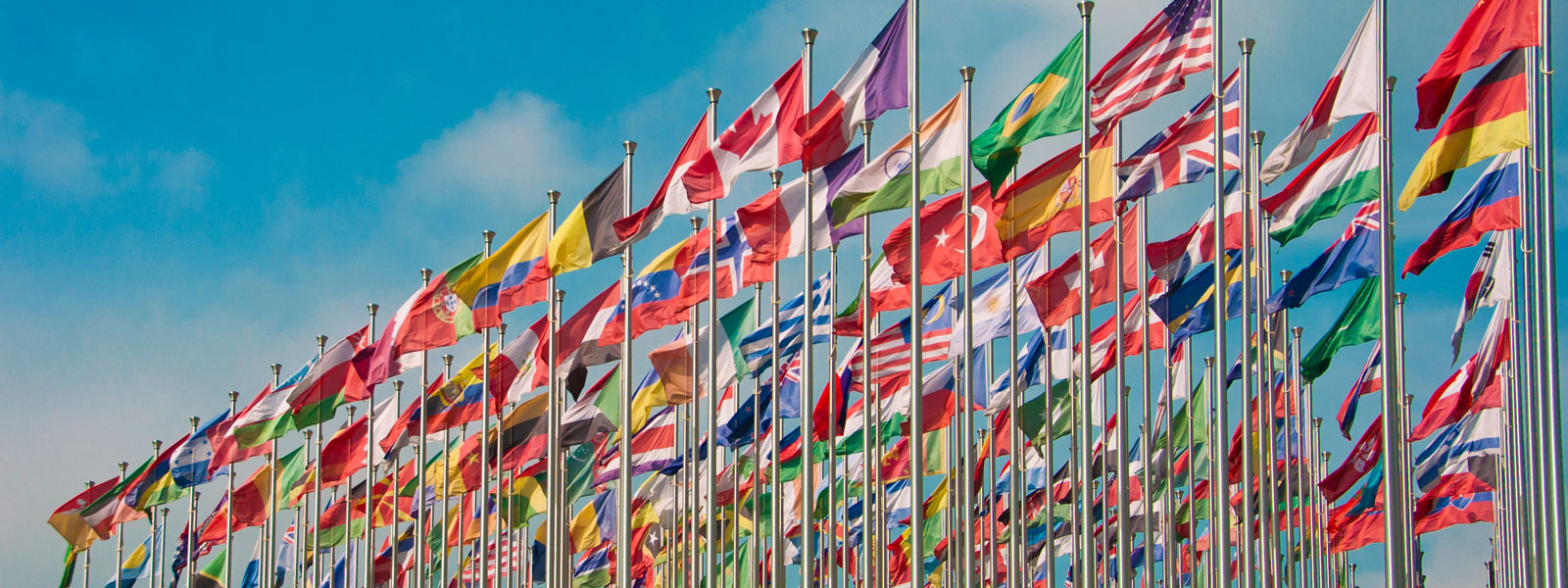
International Fundraising
Thomas L. Friedman in his transformative tome, The World is Flat, gave voice to a phenomenon that “the global competitive playing field was being leveled. The world was being flattened”. His words are even truer today than when written in 2005. With steady globalization in the private sector there has been increased globalization in the nonprofit sector. S. Sutton and Associates has the experience and expertise to help you engage globally.
International fundraising presents a unique challenge, and implementation requires unique skill and expertise. S. Sutton and Associates can help your organization make the case for activity on the global stage, devise effective organizational structures and program strategies, identify and train the experienced major gift professional talent, build the right case for support, manage long distance and culturally diverse constituents and track and align global initiatives organization-wide.


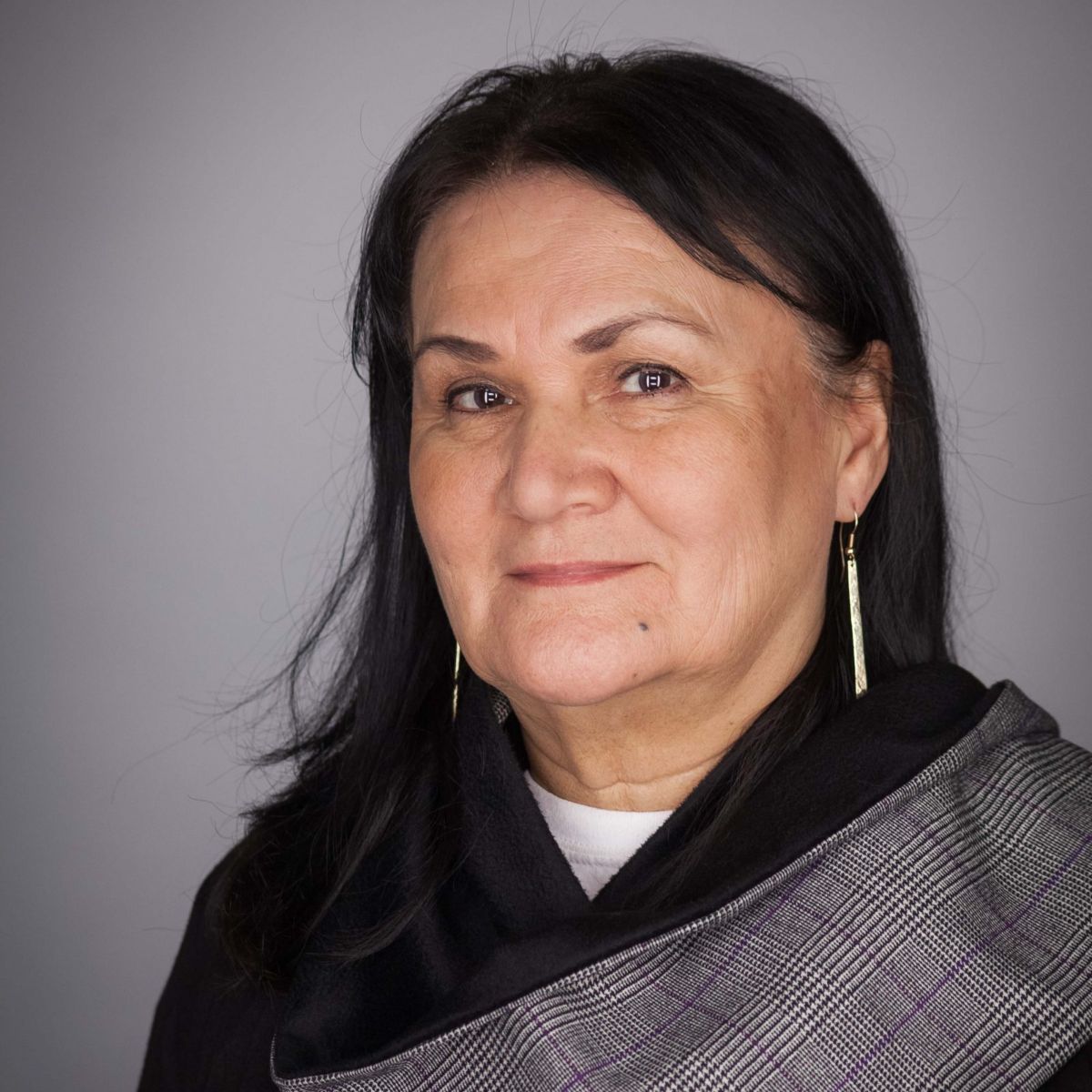
Dr. Shirley Cheechoo C.M. (Cree), Strategic Advisor
S. Sutton & Associates Inc.
Dr. Shirley Cheechoo is a highly respected leader, celebrated for her diverse contributions as an artist, filmmaker, educator, and advocate for Indigenous representation. Her journey reflects a steadfast commitment to enriching the arts and preserving Indigenous heritage.
Professional Journey
As the Founder and Artistic Director of the esteemed Weengushk Film Institute, Dr. Cheechoo has played a pivotal role in nurturing Indigenous filmmakers, fostering talent, and amplifying authentic voices. A recognized trailblazer, Dr. Cheechoo has achieved many notable milestones, including being the first person from a First Nation to write, produce, direct, and act in a feature-length Canadian film.
Her artistic journey began on stage. Before helming award-winning films, Dr. Cheechoo established herself as a playwright, actor, and director of notable plays. In 1984, she co-founded the Debajehmujig Theatre Group, the longest-running Indigenous theatre company in North America. This experience solidified her passion for storytelling and paved the way for her transition to film.
In 1998, she made her directorial debut with the short film Silent Tears. This poignant exploration of a childhood winter trip garnered critical acclaim and won the Telefilm Canada and Northern Canada Award for Best Canadian Aboriginal Language Program at the 1998 Sundance Film Festival.
Beyond the screen, Dr. Cheechoo’s achievements extend to visual art. Her paintings grace exhibitions worldwide, and commissioned works include Christmas cards for UNICEF, Amnesty International, and The Ontario Native Women’s Association. Her art can be found in esteemed private and public collections around the globe.
Academic and Professional Accolades
Dr. Cheechoo’s artistic journey spanned prestigious programs like Sundance and the Canadian Film Centre, but her focus wasn’t solely institutional. She actively participated in Indigenous initiatives (Telefilm Canada, National Screen Institute (NSI) and honed her craft through labs (Director’s Labs, Writer’s Lab) and workshops (Women in the Director’s Chair). Her experience encompassed directing (on the Rez), screenwriting (McIntyre, Canadian Broadcast Corporation (CBC) workshop), and scene study (Hickman, Balos, Dunsmore, Bassett). Her exploration extended beyond film (Shakespeare with Greenblatt, audition skills with Aikins, commercials with Clydesdale) and into theatre (Writer in Residence, De-ba-jeh-mu-jig).
Throughout her career, she has received numerous accolades, including the prestigious Order of Canada in 2018. She also served as Chancellor of Brock University from 2015 to 2020, the first woman and first Indigenous person to hold this position. During her tenure, she inspired students and faculty, served as an advocate for inclusivity, and left a lasting impact on the culture of the university.
Philanthropic Endeavors
Beyond her artistic pursuits, Dr. Cheechoo is deeply committed to fostering cultural enrichment and community engagement. Kasheese Studios, the art gallery she co-owns, showcases Indigenous art, while Spoken Song, her film production company, champions Indigenous voices on screen. This dedication extends beyond the arts – Dr. Cheechoo has served on the boards of numerous organizations, including the Ontario Trillium Foundation (2005-present) and the Canadian Centre for Diversity (2008-present). Her leadership has made an impact at MCTV and the Canadian Film Centre, further solidifying her commitment to advancing artistic expression across the country.
Dr. Shirley Cheechoo’s legacy serves as a testament to the transformative power of art and the enduring resilience of Indigenous heritage. Her tireless dedication to storytelling and cultural preservation continues to shape Canada’s cultural landscape and inspire generations to come.
Professional and Artistic Achievements

Reconciliation is a Verb
The Indigenous territories that make up about 22 percent of the world’s land surface hold 80 percent of the world’s remaining biodiversity. And while biodiversity is under threat everywhere, it is declining more slowly in areas managed by Indigenous peoples. Every direction you look, the ways to stop the mass extinction of species are deeply tied to the knowledge and practices of Indigenous peoples.
Indigenous Peoples’ traditional knowledge and knowledge systems are key to designing a sustainable future for all. International environmental negotiations need to go beyond tokenistic participation of Indigenous Peoples to a genuine integration of their worldviews and knowledge. Respecting and promoting their collective rights to their lands, self-determination, and consent is vital to strengthening their role as custodians of nature and agents of change.
In June 2017 the Canadian Truth and Reconciliation Commission presented 94 “Calls to Action” to further reconciliation between Canadian and Indigenous peoples. Canada was the first country to take this action and is making progress to change the colonial laws, policies, and institutions that continue to exist in many parts of its society, but it is slow.
The federal government is accountable for 76 of the 94 Calls to Action – either alone or in partnership with the provinces and territories. As of January 1, 2024, according to Indigenous Watchdog, 11 of those Calls to Action are complete, 39 are in progress, 13 are stalled, and 13 have not been started.
Of the 18 of the Calls to Action for which the responsibility lies with the church and other entities like post-secondary educational institutions, only two have been completed.
The call is out for all Canadians to double-down their commitment to the work of truth and reconciliation by pushing for the implementation of all 94 Calls to Action.
S. Sutton & Associates Inc. recognizes the importance of true engagement with Indigenous peoples in Canada and worldwide, for as the saying goes, “When we are not at the table, it means we are on the table.”
The UN Declaration on the Rights of Indigenous Peoples requires that free, prior and informed consent of indigenous peoples be obtained in matters of fundamental importance for their rights, survival, dignity, and well-being. Moreover, consultations to obtain this consent must respect local governance and decision-making processes and structures; must occur in indigenous languages and on indigenous peoples’ time frames; and be free of coercion or threat. Indigenous peoples must engage as equal partners and knowledge holders.
With this in mind we are honored to welcome Dr. Shirley Cheechoo, C.M. (Cree) to S. Sutton & Associates Inc. as our newest Strategic Advisor, lending an Indigenous voice to all that we do.

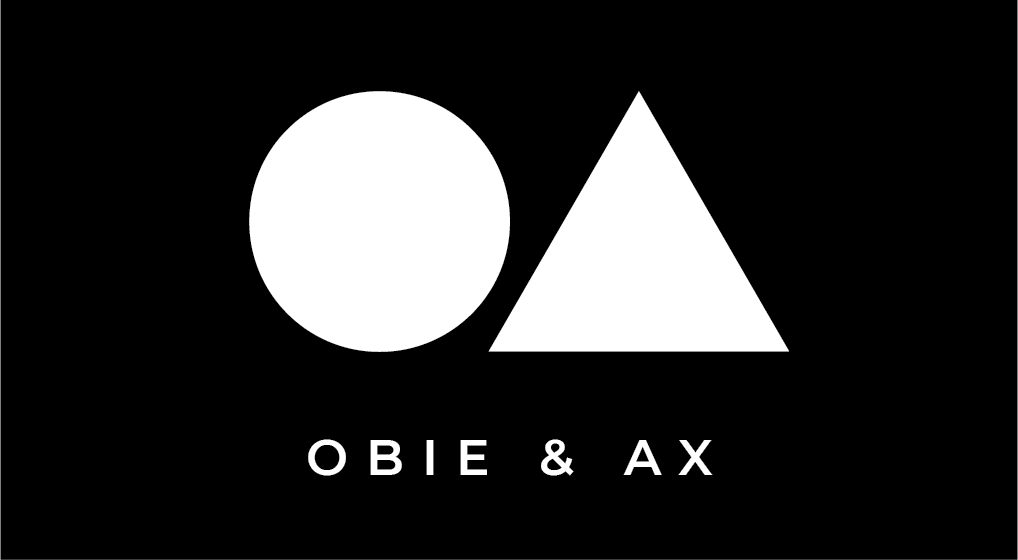
Obie & Ax Inc.
S. Sutton & Associates Inc. is delighted to announce a new Strategic Alliance with Obie & Ax United Inc.
First to market, Obie & Ax is the largest and leading international full-service podcast production firm, providing turnkey solutions to Government Agencies, Charities, and Corporations around the world.
The award-winning team and global experts collaborate to tailor a podcast to the client’s specific needs, using both audio and video podcasts to bridge the communication gap to provide rich information for DEI, talent, retention, community engagement, sustainability, and thought leadership.
To explore the world of possibilities for Obie and Ax Inc. to amplify your message E-mail us a Contact@SSutton-and-Associates.com

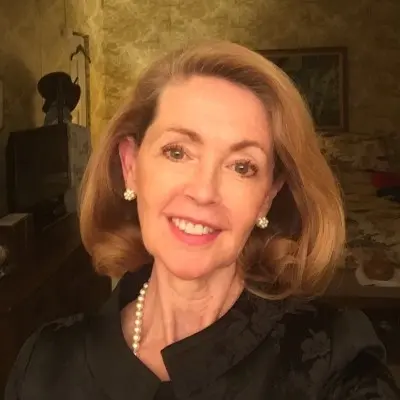
JoAnne Dolan, Executive Associate
As an advancement executive with over 30 years of experience, JoAnne Dolan has a proven track record developing and implementing fundraising campaigns and providing strategic management to effectively address priorities from inception to implementation in academic healthcare and higher education. While JoAnne’s core expertise is Major and Principal Gifts, she has wide experience in developing planned giving programs, prospect pipeline and move management development, building and stewarding strategic relationships, and volunteer/Board management.
As the Executive Director for the Johns Hopkins University School of Medicine, JoAnne was responsible for leading a team of thirteen, raising $15M-$20M annually including successfully orchestrating a capital campaign.
JoAnne also has served as the Assistant Vice President of Principal Gifts at The George Washington University where she served as a strategist soliciting seven figure gifts. In addition, JoAnne was the Assistant Vice President of the Loyola University of Maryland.
She was the founding Director of Development at Maryvale Preparatory School and served in various fundraising capacities at the Baltimore Opera Company.
JoAnne graduated from Bucknell University with a Bachelor of Arts Degree in English Literature and Art History and received a Masters Degree in Administrative Science from the Johns Hopkins University Carey Business School. She holds a certificate in the Business of Medicine from Johns Hopkins and her teacher’s certification in English from Towson University.
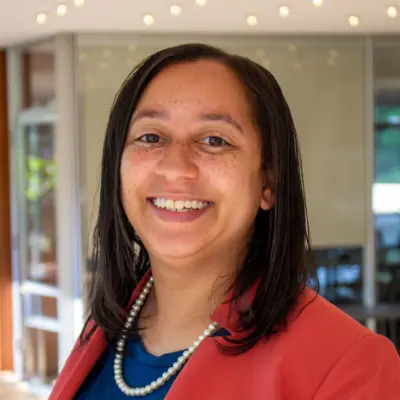
Jennifer Lynch-McKinney, Associate
With over a decade of experience in the nonprofit sector, Jennifer Lynch-McKinney, MNA has served the Arts & Culture, Animal Welfare, Education, Housing and Community Based Membership and Advocacy nonprofit sectors, serving as Manager of Annual Fund and Advancement for the Cleveland Zoological Society, Annual Fund Manager for ASM Materials Education Foundation and Institutional Advancement Manager for University Circle, Inc.
Today, Jennifer applies her skill and talent as Manager of Fundraising at CHN Housing Partners, a highly seasoned, nonprofit affordable housing developer and housing service provider that works with its partners to solve major housing challenges for low-income people and underserved communities. CHN partners with cities and organizations to deliver housing solutions for their constituents, with utility companies, financial institutions, and public agencies to manage and deliver large-scale housing resources to the community, and with people—low-income individuals, families, seniors, the disabled and the homeless—to improve their housing stability.
Through partnerships CHN has developed over 7,000 affordable homes, and each year serves over 60,000 families through a wide array of housing services.
Working in Ohio and neighboring states, CHN preserves and expands affordable housing, building equitable communities. By investing in affordable housing, CHN invests in families, communities, and the economy – CHN invests in the power of a permanent address.
Jennifer is passionate about the work she does with various organizational partners and works hard as an advocate for the voices that need to be heard and the work that needs to be done to improve individuals and our communities.
Jennifer completed the Cleveland Leadership Center’s Civic Leadership Institute, is a board member of One Health Organization, past chair of The Gathering Place’s Race for the Place fundraiser, a member of the Advisory Board for Ashland University Women in Leadership Certificate Program and a member of the Association of Fundraising Professionals Cleveland chapter.
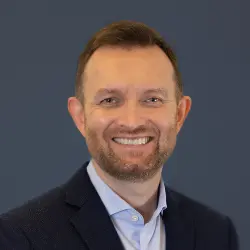
Bryan Hulscher, Associate
Bryan Hulscher brings nearly two decades of high-impact skillful relationship building to nurture alliances, successfully drive revenue, foster collaboration, and effectively communicate mission-critical goals to align stakeholder values. He has achieved fund development success in Direct Marketing and Annual Giving, Major and Principal Gifts, Donor Relations & Stewardship, Volunteer Management, International Development and Foundation Management, while serving The Rotary Foundation, YMCA of the USA, Motorola Solutions Foundation, U.S. Peace Corps (Botswana), and the Robert R. McCormick Foundation.
Bryan holds a Bachelor of Science Degree in Business Administration from Valparaiso University, has achieved fundraising certificates from the Indiana University Lilly Family School of Philanthropy and Veritus Group Academy, and attended Cambridge University where he was in the International Studies Program.
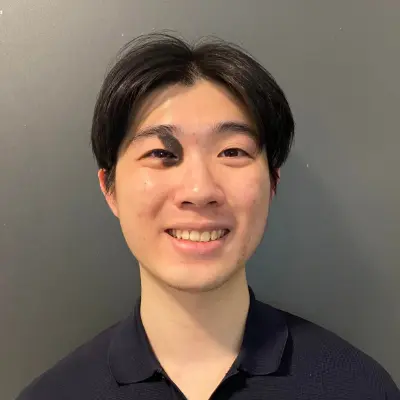
Kyle Atienza, Junior Associate
A graduate of the University of Toronto Arts & Science Program, Kyle Atienza achieved an Honours Bachelor Degree in Psychology and Genetics and pursued his passion for combining science, psychology, and technology to improve user experiences through human-centered design by also achieving a diploma in UX/UI Design from BrainStation
UX design focuses on creating a seamless and meaningful user experience by understanding user needs, conducting research, and designing intuitive interfaces, while UI design focuses on the visual, interactive elements of a product to create aesthetically pleasing interfaces.
In addition to applying his talent and skill with Medtronic and COL Financial, Kyle currently serves as a UX Designer for Mike Paul Atelier, to improve the atelier experience by enhancing the digital experience.
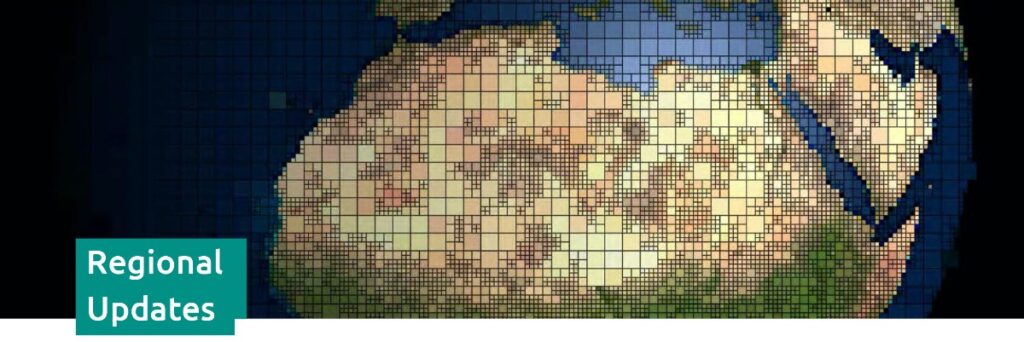
North America
- Marian University’s College of Osteopathic Medicine Receives Historic $29 Million Gift, Now Named the Tom and Julia Wood College of Osteopathic Medicine
- New Carilion Cancer Center receives $25 million donation from Taubman family
- Johns Hopkins Receives Transformative Bloomberg Philanthropies Investment in Financial Aid for Future Generations of Doctors, Nurses, and Research Pioneers
- Miami Billionaire Donates $10 Million Condo To Charity—And It Wasn’t The First Time
- Anonymous donors gift $30M to Athletics Endowment Fund
- New $30M donation to help 7 Toronto organizations tackle dementia
- Renowned philanthropist Ann Lurie dies
- Warren Buffett donates record $5.3 billion Berkshire shares to charity
- Exclusive: AP launching nonprofit group to raise at least $100M for local news
- Calgary’s Arts Commons to receive historic $75-million donation
- Ken Griffin Makes Largest Gift in Chicago Since Departing for Miami
- BalletX Announces Transformative $7.4 Million Bequest from Dr. Joan DeJean
- Rogers’ $6.1 million gift to university collection
- Cleveland Museum of Art announces $25 million gift
- Mystery of $238 Million Surprise Gift Roils Florida School
- Western researchers’ breakthrough paves way for ALS cure
- Melinda Gates to exit Gates Foundation with $12.5 billion for own charity work
- FAMU Puts $237M Stock Donation ‘On Hold’ After Public Skepticism
- Former NFL owner just donated his $35 million mansion to charity: Here’s what the charity plans to do with it
- Sask. Polytechnic receives $7.5 million donation for new campus
- Toronto’s Branksome Hall Receives Historic $5-Million Gift
- Belfer family’s $20 million donation invigorates neurodegeneration research at MD Anderson
- Philanthropist Maria Manetti Shrem Gives UC Davis a Historic Arts Windfall
- Florida A&M University receives a $237 million donation during Spring commencement
- Valley Children’s receives $15mil donation for cancer treatment
- Thompsons help create nearly quarter of a billion dollars in BGSU scholarships
- $13.5 million from Hugh H. Hoffman estate supports ALS research and patient care
- Hugh Hoffman’s Historic Gift to ALS Association Will Elevate Fight Against ALS
- $10 million donation prompts name change to SIU Law
- Markham’s Gupta family donates $1 million to Toronto Metropolitan University
- K. Lisa Yang ’74 Donates $35 Million to College of Veterinary Medicine’s Wildlife Center
- David Lawerence Center receives $10M towards behavioral health campaign
- Harvard mega donor Ken Griffin has halted donations to school
- Reed Hastings Grants $1.1 Billion Worth of Netflix Stock to the Silicon Valley Community Foundation
- T-Mobile Strengthens Hawaii and Washington Nonprofit Organizations with $50,000 in Donations
- Georgetown Law gets $30 million gift from Taiwanese businessman
- St. Ignatius receives $10 million donation; set to begin construction of new academic building
- Penn Arts & Sciences receives record $83.9 million gift
- TD Bank Targets $20 Billion to Spark Economic Opportunities for Low- and Moderate-Income, Diverse and Underserved Communities across 15 States and Washington, D.C.
- Duke Endowment Awards $75 Million to 3 Universities in North and South Carolina
- Carnegie Science Center to get new name after $65 million donation
- Spelman College to receive $100 million, largest single donation to an HBCU
- The Marotta family makes a transformational $15 million donation to name the St. Catharines Hospital of Niagara Health
- Morningside University receives $7.5 million donation
- Women are changing the face of Canada’s charitable sector
- Record budget for Gates Foundation as wider global health funding stalls
- Cator Family Donates $10 Million to Trillium Health Partners to Innovate Leading-Esdge Diagnostic Imaging Program
- $100 million gift from Lilly Endowment to United Negro College Fund will support HBCU endowments
- The super-rich are trying new approaches to philanthropy
- JBU to accelerate cybersecurity program with $6.5M Walton grant
- $10M grant fuels Emory program for those with mild cognitive impairment, care partners
- Sunrise Community Health receives $7.5 million donation from Yield Giving
- Elon Musk plans to launch his own university in Texas, report says
- Billionaires Griffin And Geffen Donating $400 Million To Memorial Sloan Kettering Cancer Center—Largest In Hospital’s History
- Billionaire Robert Kraft Pledges $100 Million Matching Donation To Foundation To Combat Antisemitism, Report Says
- The Chuck Lorre Family Foundation Makes $10 Million Gift To Children’s Hospital Los Angeles To Support Research Education for Underrepresented High School and College Students
- $25 Million Gift to UC San Diego Establishes the McGrath Outpatient Pavilion
- Michael Dell Is Taking Steps to Donate Dell (DELL) Shares Worth $1.7 Billion
- Ben-Gurion University gets $100m donation to ‘rebuild and strengthen the south’
- Sharp Healthcare receives $10 million donation for new medical tower
- Warren Buffett donates more than $870 million worth of shares to four charities
- FedEx founder donates $50M for Liberty Stadium upgrade
- Education USC to rename law school after prominent SC lawyer following $30M donation
- Stacey Nicholas donates $5 million to UC Irvine to further boost diversity in STEM
- Cleveland Browns Owners Donate $20 Million For New Sports Health Center
- Life science accelerator launches with $100M grant from Ravens owner Bisciotti
- Miami real estate mogul donates $25 million for Pérez Art Museum’s ‘rainy day’ fund
- Jobs for the Future Announces $20 Million Donation from MacKenzie Scott
- T. Denny Sanford gives another $10M to Dakota State University’s cyber research initiative
- Margaret McCain donates $10M to Halifax’s Mount Saint Vincent University
- $50M gift to establish new brain health center at Hoag
- Business Leader and Philanthropist Kenneth C. Griffin Makes $30 Million Gift to National Medal of Honor Museum Foundation
- Environmental Groups Cut Programs as Funding Shifts to Climate Change
- Knowlton Center Receives $11 Million Donation
- Signet Jewelers to Donate $100M to St. Jude Children’s Research Hospital
- Queen’s engineering receives $100M donation
- U.Va. biz school receives $50M donation from alum
- Field Museum receives $20 million gift for education initiatives
- Deere to donate $19 million to fight hunger
- California Science Center Gets Another $25 Million Donation
- $25 Million Gift Designated for Kansas Athletics
- Single largest gift in UNI history ushers in new era of education
- Tech billionaire Michael Dell just gifted $350 million of stock – days before he’s set to pocket a huge windfall
- Grants awarded to Penn State faculty for tropical ecosystems research in Belize
- Washington & Jefferson College Announces $50 Million Gift to Establish Endowed Scholarship Fund for Regional Students with Financial Need
- $200+ Million Bequest Will Support Science Research For High Schoolers
- Beck Family’s Symphony Donations Exceed $50 Million
- Three Private Colleges Each Receive Record-Breaking $50 Million Gifts For Student Scholarships
- $20M gift from London businessman will ‘propel cancer treatment to new heights,’ LHSC says
- Couple leaves $18 million gift to 3 Cincinnati museums
- Warren Buffett lieutenant Charlie Munger gives $40 million in stock to Southern California museum
- Cumberlands receives $25 million for student scholarshipsWest Texas A&M University receives $20 million gift for new institute to promote “Texas Panhandle values”
- Founder of Hillandale Farms donates $25 million to Pitt School of Medicine after surgery
- A $75M Gift Will Endow Professorships at the University of Chicago
- Slaight Family Foundation makes $26.5 million donation to youth mental health
- Kimrey family contributes record $20 million gift to OU football, baseball
- UC Irvine announces $50 million gift from Joe C. Wen and family
- St. Boniface Hospital Foundation Receives $10M Donation
- Historic $50M donation by Tom Golisano to establish new institute at URMC
- Historic $150 million donation will ‘build a brighter future’ for Diocese of Gary schools
- $25-million donation to Queen’s will impact cancer research, treatment across Canada
- Humber River Health gets $10M donation from Honey & Barry Sherman Legacy Foundation
- Mattamy founder’s Peter Gilgan Foundation gives millions
- H-E-B Chairman donates $20 million to Texas food banks
- $100M Gift Propels Innovation at Cedars-Sinai Department of Surgery
- Harvard Corporation’s Newest Member Donates $20 Million for Arts & Humanities, Financial Aid
- Crypto political committee receives $25 million donation from a16z amid Trump and Elon Musk’s meeting
- GMU gets $5M gift for Center for the Arts
- Melinda French Gates announces $1 billion donation to support women and families, including reproductive rights
- Vanderbilt announces gift of up to $20 million for basketball facilities
- Nationwide Foundation invests historic $100 million in namesake children’s hospital
- Checkout charity’ adds up, as Domino’s plans $174 million from it for St. Jude hospital
- Arkansas Children’s Hospital Auxiliary Donates Historic $1.55 Million to Support Arkansas Children’s Hospital Expansion
- Bob and Pauline Young Honor Son’s Memory with $1 Million Donation
- Record-Breaking $100M Donation Propels New $5B Children’s Pediatric Campus in Dallas
- Former Washington Commanders Owner Donates $35 Million Maryland Estate to Charity
- The Breast Cancer Research Foundation Announces $10 Million Donation from Karen and Rob Hale
- Boston high school gets $30M donation
- Transformative $25 Million Gift From Michael B. Kim ’85 to Establish Haverford’s Institute for Ethical Inquiry and Leadership
- Dartmouth College receives $25 million gift
- Former student donates $80 million to WCU for new dept.
- McCarthy Family Gifts $5 Million to Burnaby BC Cancer Centre
- Goucher College Announces $55 Million Bequest: Largest Gift In College’s History
- Washburn Receives Largest Scholarship Gift Ever
- Mystery donor gifts $10 million to Maui High School Foundation
- Inova receives $20 million gift from the Peterson Family to support critical needs
- St. Joseph’s Children’s receives $50 million from Pagidipati family
- Nicklaus Children’s Hospital receives $15 million from Shaham family
- Billionaire transplant Kenneth Griffin makes a $9 million donation to Miami-Dade schools
- Hoag Hospital receives $25 million for Irvine campus expansion
- Tuskegee University Receives Anonymous $20 Million Gift
- Sarasota Memorial receives $16 million for cancer pavilion
- Baltimore Ravens, Baltimore Orioles Donate $10 Million to Maryland Tough Baltimore Strong Key Bridge Fund
- Nicklaus Children’s Announces $15 Million Gift from South Florida Philanthropists Helen and Jacob Shaham
- Surprise donation: Naples man gifts $17 million to Collier Community Foundation
- Union College Receives Record $51 Million Donation
- Portland philanthropist Jordan Schnitzer gifts PSU $10 million for campus’ arts scene
- Seattle Children’s gets $50 million donation for cancer research
- Steven & Alexandra Cohen Foundation Awards $116 Million Grant to LaGuardia Community College to Create the Cohen Career Collective
- University of Calgary faculty of kinesiology gets $20 million gift from local philanthropic family
- MacKenzie Scott donates $640 million after open call for nonprofits
- Why Billionaires Ken Griffin And Eric Schmidt Are Spending $50 Million On A New Kind Of Scientific Research
- Jeff Bezos Gives $50M Each To Eva Longoria And Admiral Bill McRaven
- B.C. couple sold firm for fortune. With last $92M donation, they’ve given it all away
- Elon Musk’s attack on MacKenzie Scott’s philanthropy reveals our bigger problem with women billionaires
- Black couple rented to a Chinese American family when nobody would. Now, they’re donating $5M to Black community.
- Billionaire Marc Benioff, Under Fire in Hawaii, Gifts $150M to Hospitals
- Billionaire Ken Griffin just gave $50 million to the University of Miami — his largest gift yet in the Sunshine State
- Widow Of Billionaire David Gottesman Donates $1 Billion For Free Medical School Tuition
- Beebe Healthcare receives historic $6M donation
- Best Buy founder donates $25M to Allina Health
- NY Philharmonic gets $40 million gift that endows Gustavo Dudamel’s job as music director
- Generous Ramon Breeden Donation Means a $75 Million Impact for McIntire, Athletics
- The Bill & Melinda Gates Foundation just pledged $200 million to help save mothers and children during childbirth
- HBCU Transformation Project Receives $124 Million Investment To Increase Enrollment, Improve Efficiency, And Expand Pathways To Economic Mobility
- NOSM University welcomes new $10 million donation
- Panda Express founders donate $100 million to City of Hope cancer center
- Landmark $50 million gift to dramatically expand health sciences research at Virginia Tech
- Dan Gilbert donates nearly $400M to fund neurofibromatosis facility in Detroit
- Billionaire MacKenzie Scott Donates $20M to San Francisco Land Trust
- As America hemmorhages 2 local newspapers every week, a group of donors is pledging $500 million to stem the bleeding
- O’Donnell Foundation gives $30 million to SMU for data science, engineering faculty
- Cottage Health Receives $65 Million Donation
- Montana native Norm Asbjornson donates $10.4 million to Montana Heritage Center
- MacKenzie Scott Has Given 24 Nonprofits $146 Million in the First Half of 2023
- TELUS commits $5 million to support B.C. fire relief
- Warren Buffett donates $27 mln Berkshire stock
- FAU Receives $11.5 Million Gift To Combat Life-Threatening Illness
- Auto dealer Steve Fox, family give $25M to TTUHSC El Paso for new cancer center
- Arkansas Children’s receives $25M donation
- Blavatnik Family Foundation Gives Additional $40 Million To Yale Innovation Fund
- T. Boone Pickens Foundation donates $20M to Johns Hopkins Wilmer Eye Institute
- TELUS doubles impact with $2 million commitment to its Indigenous Communities Fund
- Greg and Diane Slaight’s transformational $60 million gift largest in Niagara Health history
- $10 million donation announced to train behavioral health professionals
- Gift of $1 billion to McPherson College sparking extraordinary educational journey
- Kenneth and Elaine Langone Donate $200 Million to NYU Long Island School of Medicine, Ensuring Free Medical Education for Students
- Billionaire Jeff Yass Gives $10 Million to Group Seeking Trump Alternative
- Grateful parents gift $16 million to Houston’s cancer conquering hospital after life-saving work
- Son of slain billionaires Honey and Barry Sherman funds new NHL-sized hockey arena near Toronto
- George Soros’s foundation cuts 40% of staff just 1 month after 92-year-old billionaire handed his empire over to his millennial son
- Philanthropy: A Golden Moment
- MAPS Receives $5 Million Grant from the Steven & Alexandra Cohen Foundation
- Warren Buffett’s charitable giving tops $51 billion
- Levine family donates $7.5 million to bring ‘cancer innovations’ to Atrium Health
- Oklahoma State University Receives $120 Million From T. Boone Pickens Foundation
- Gates Foundation to donate $50m to partnership in China amid Microsoft co-founder’s visit
- USF receives $10 million donation for entrepreneurship center
- A $25 million gift to NU will expand ‘The Barn’ into a rural student center and boost programs at urban UNO
- Mark Zuckerberg’s charity is giving $250 million to Chicago’s up and coming biotech sector after it beat out 36 other cities: ‘We competed and won’
South Asia
- IIT Bombay gets USD 18.6 million donation from alumnus for green energy research lab
- Ethereum’s Vitalik Buterin, Polygon’s Sandeep Nailwal Donate $100 Million To COVID-19 Research
- IIT Madras alumnus donates ₹41 crore for research at the institute
- Nandan Nilekani, billionaire Infosys co-founder, gives alma mater $38.5 mn for AI
Europe
- Citizens assembly redistributing heiress’s fortune supports Tax Justice Network with €520,000
- JP McManus to donate €1 million to every GAA county board in the country
- Worcester College, Oxford accepts transformational gift from Sir Lindsay Owen-Jones
- The middle men giving away a billion a year to good causes
- GBP 2.3 bn from Chelsea FC sale earmarked for Ukraine still unused: Telegraph
East Asia
Africa
Australia & New Zealand
Middle East

 Contact@SSutton-and-Associates.com
Contact@SSutton-and-Associates.com 420-737-921-492
420-737-921-492 410-245-0398
410-245-0398 647-969-8866
647-969-8866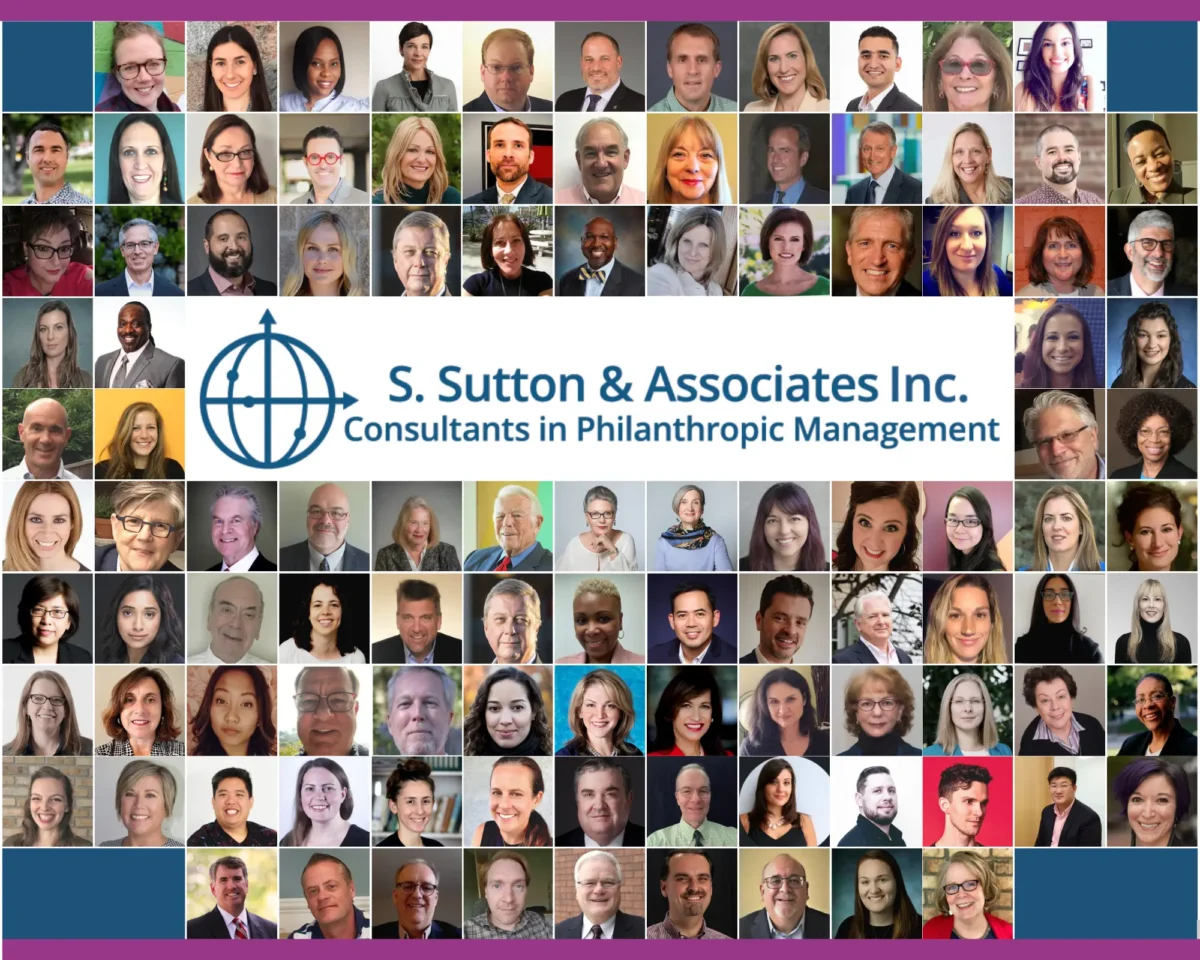
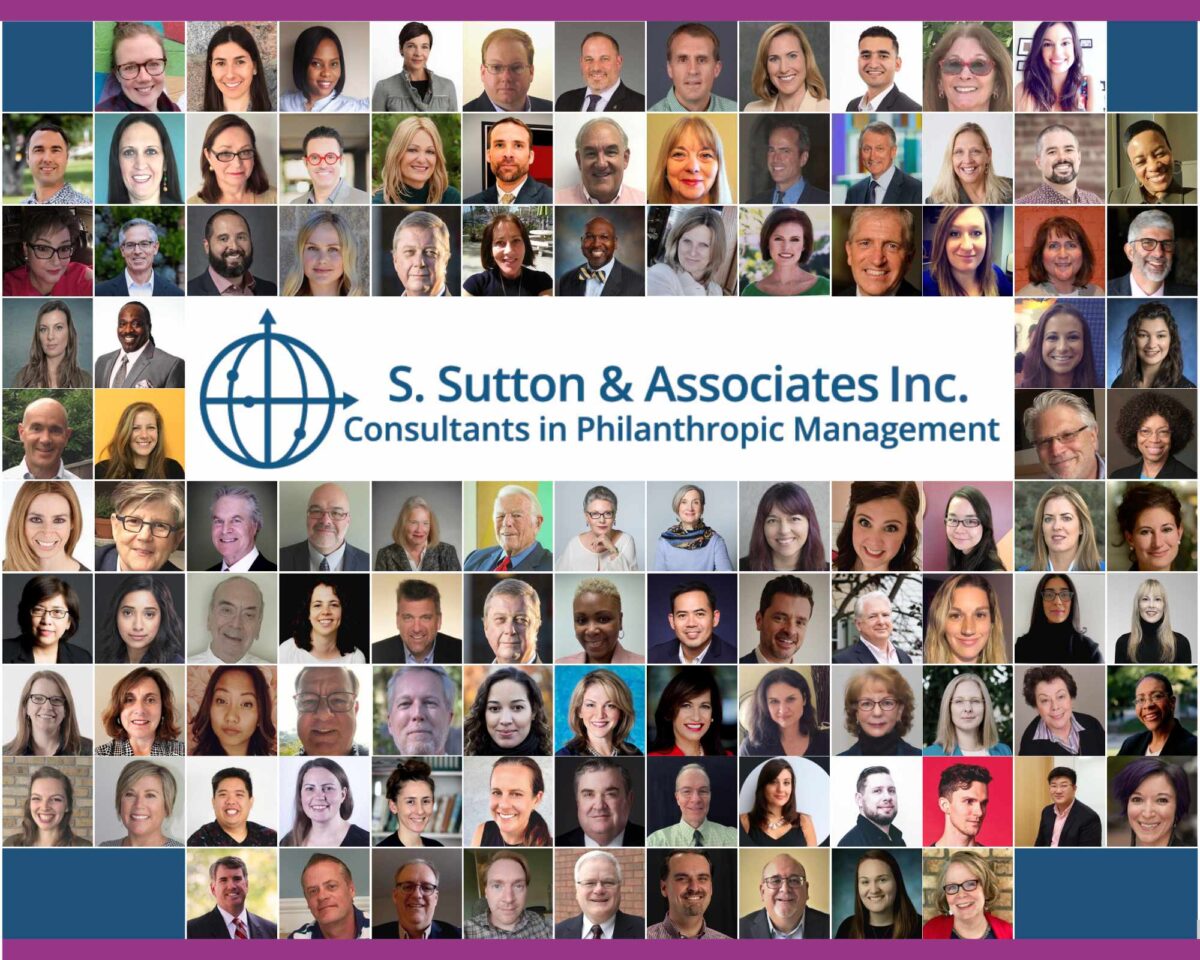
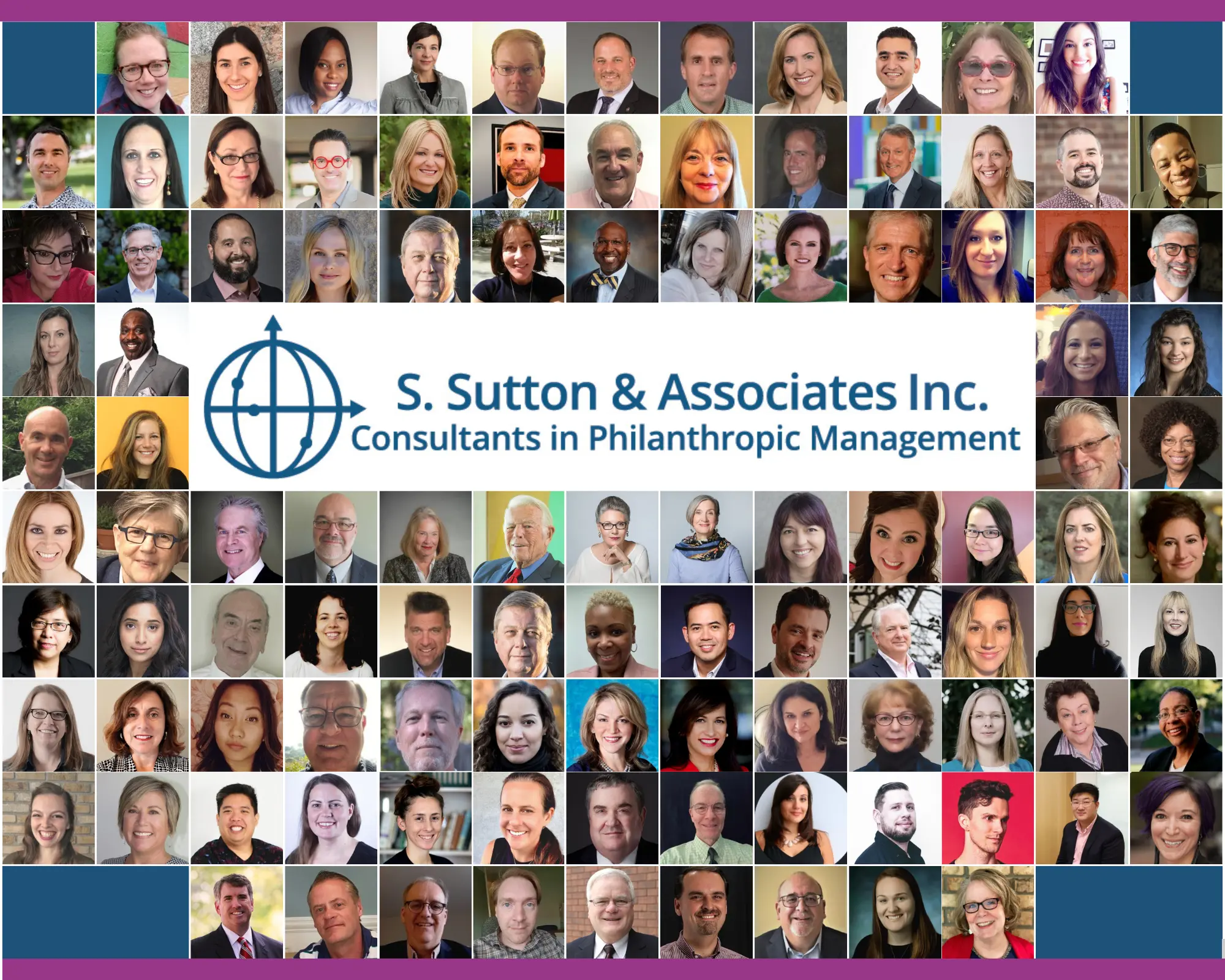

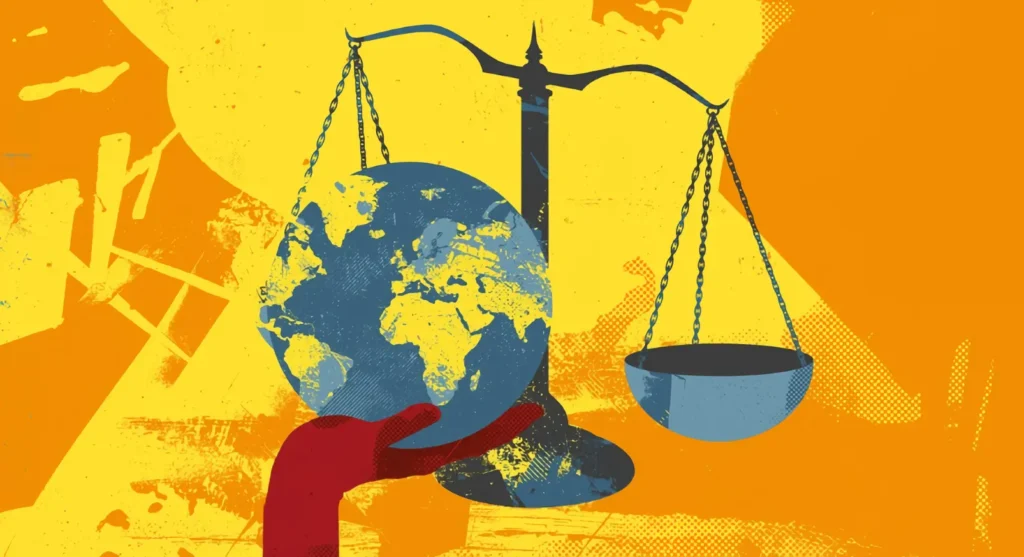








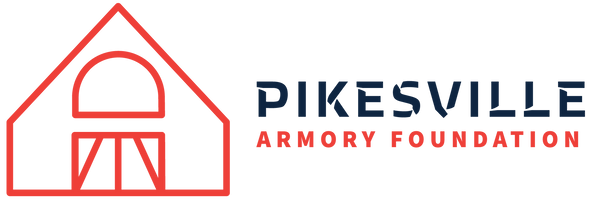
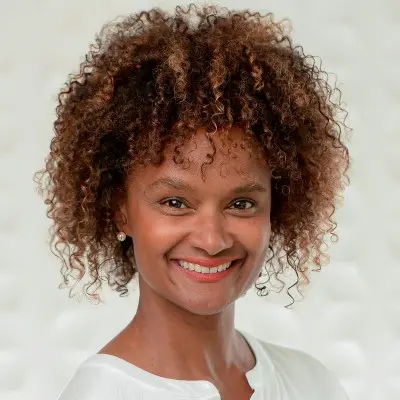
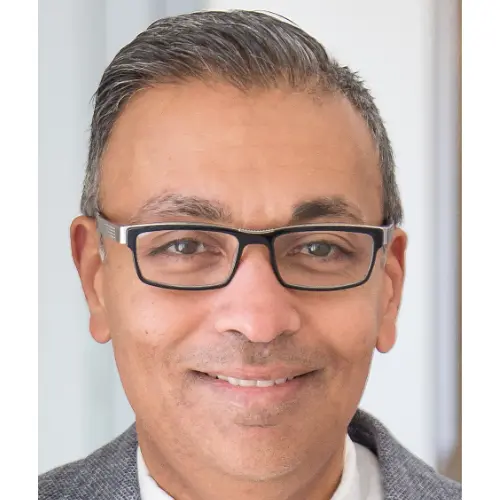
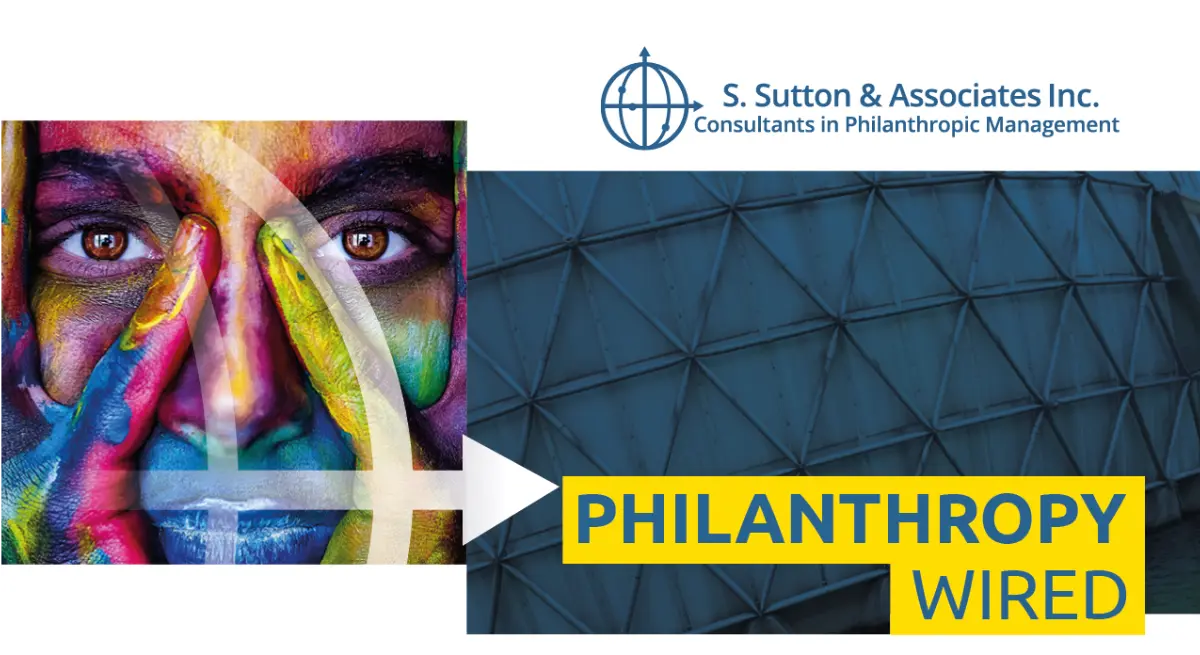

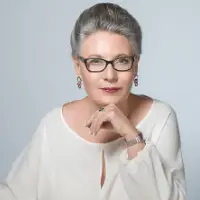



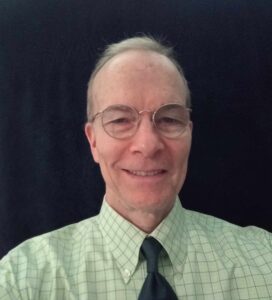

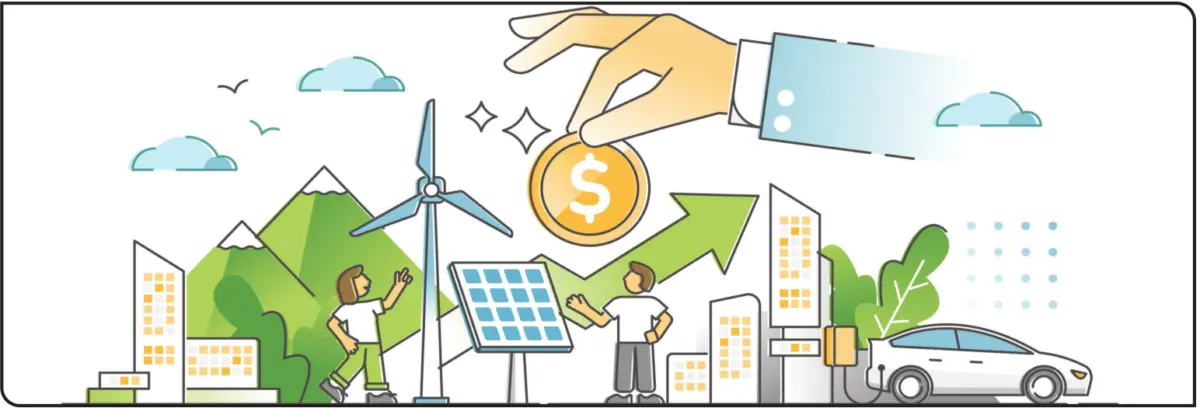

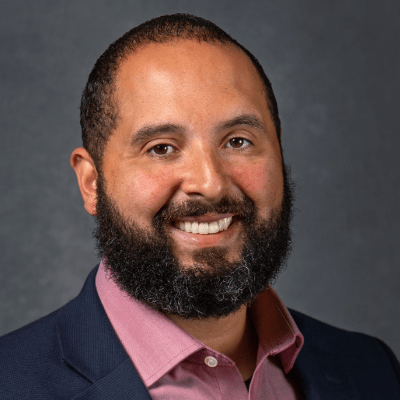
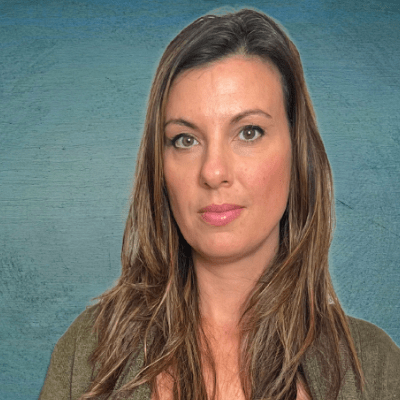
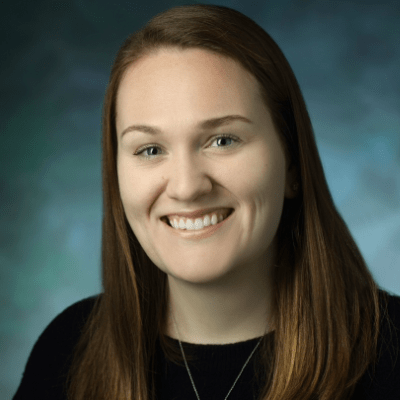
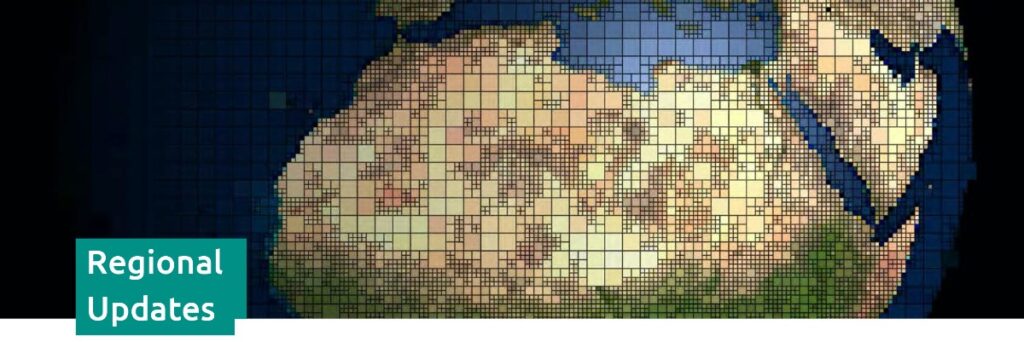
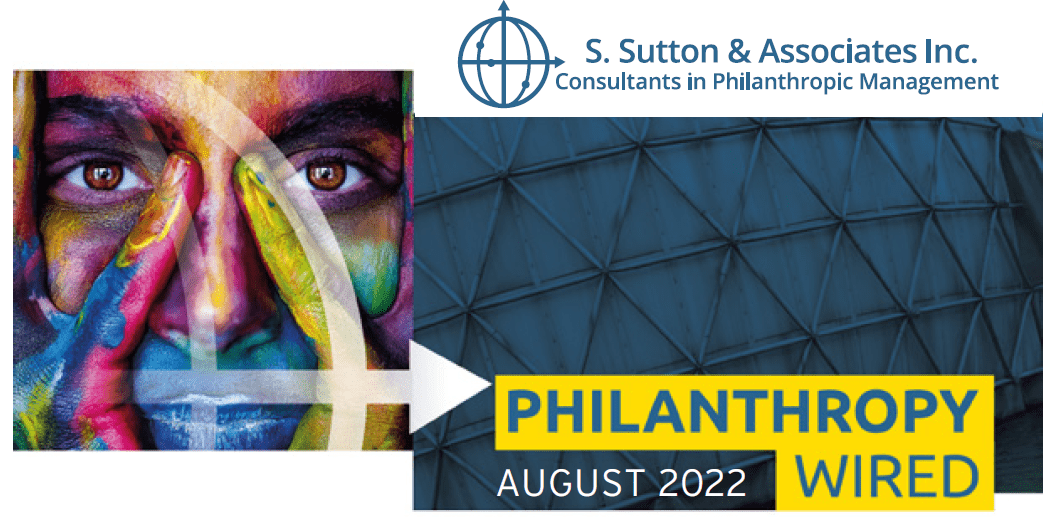
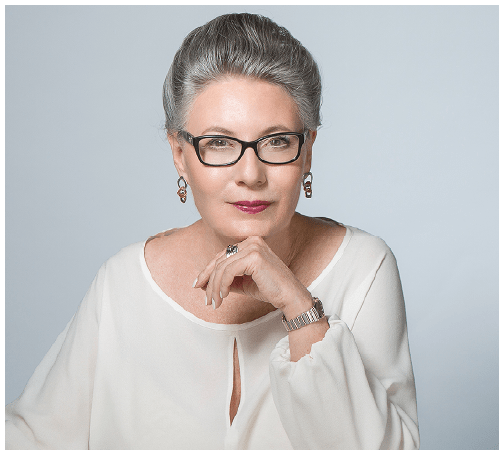


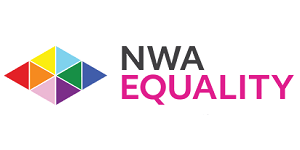
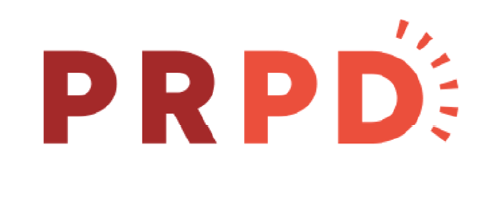




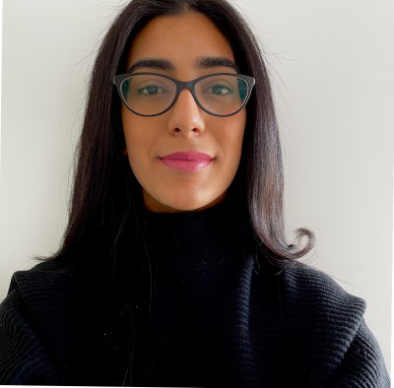



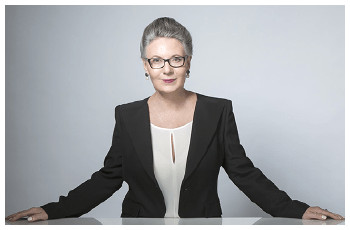

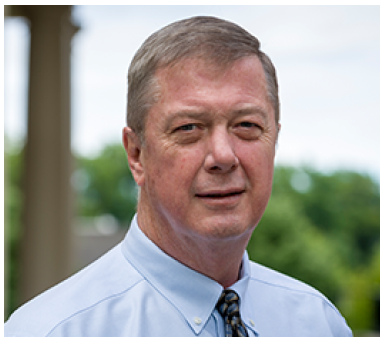


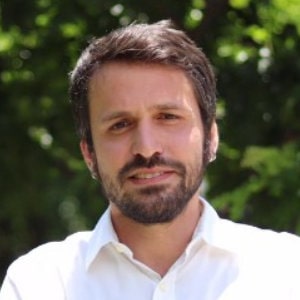

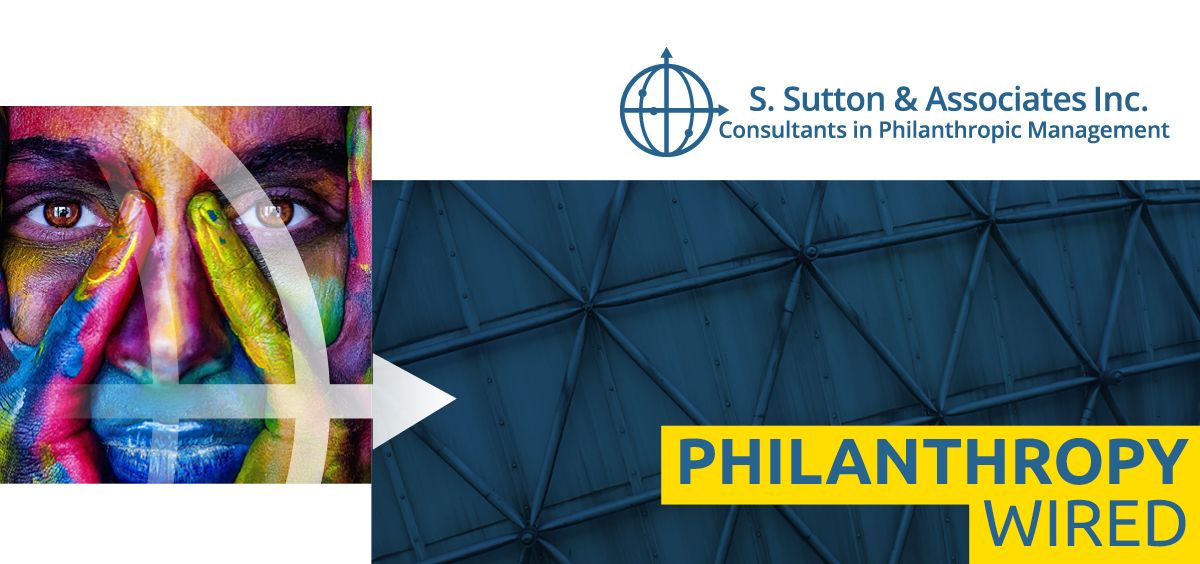
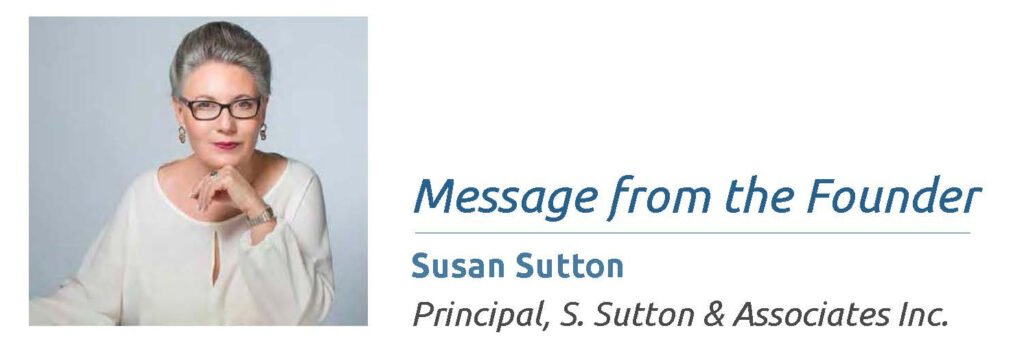
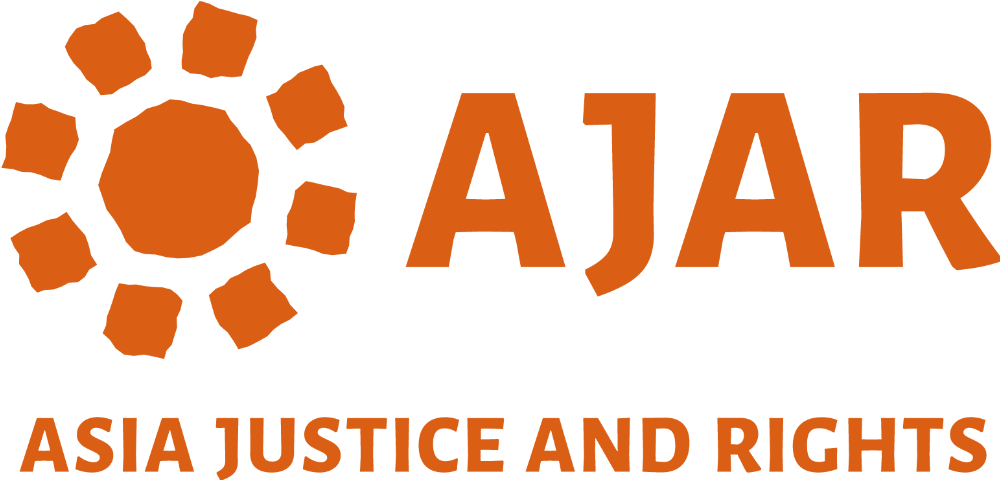

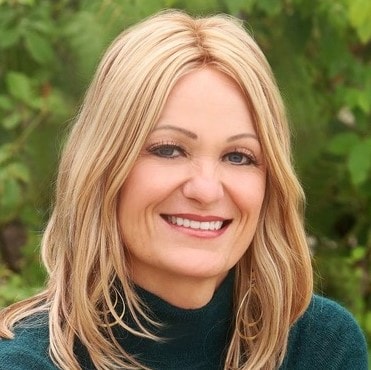

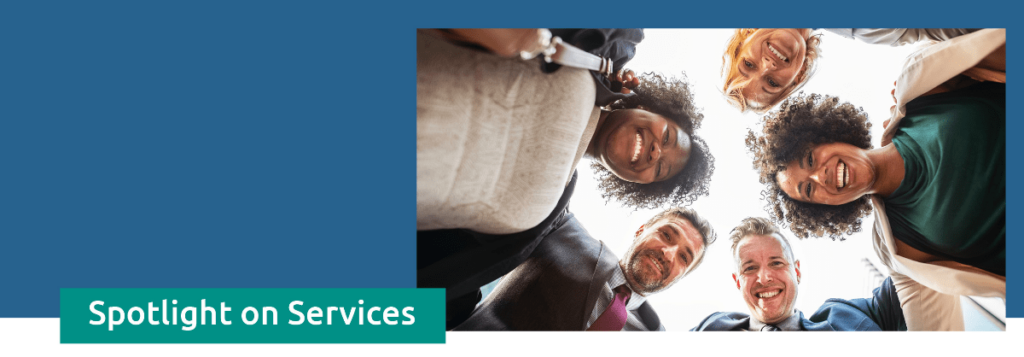
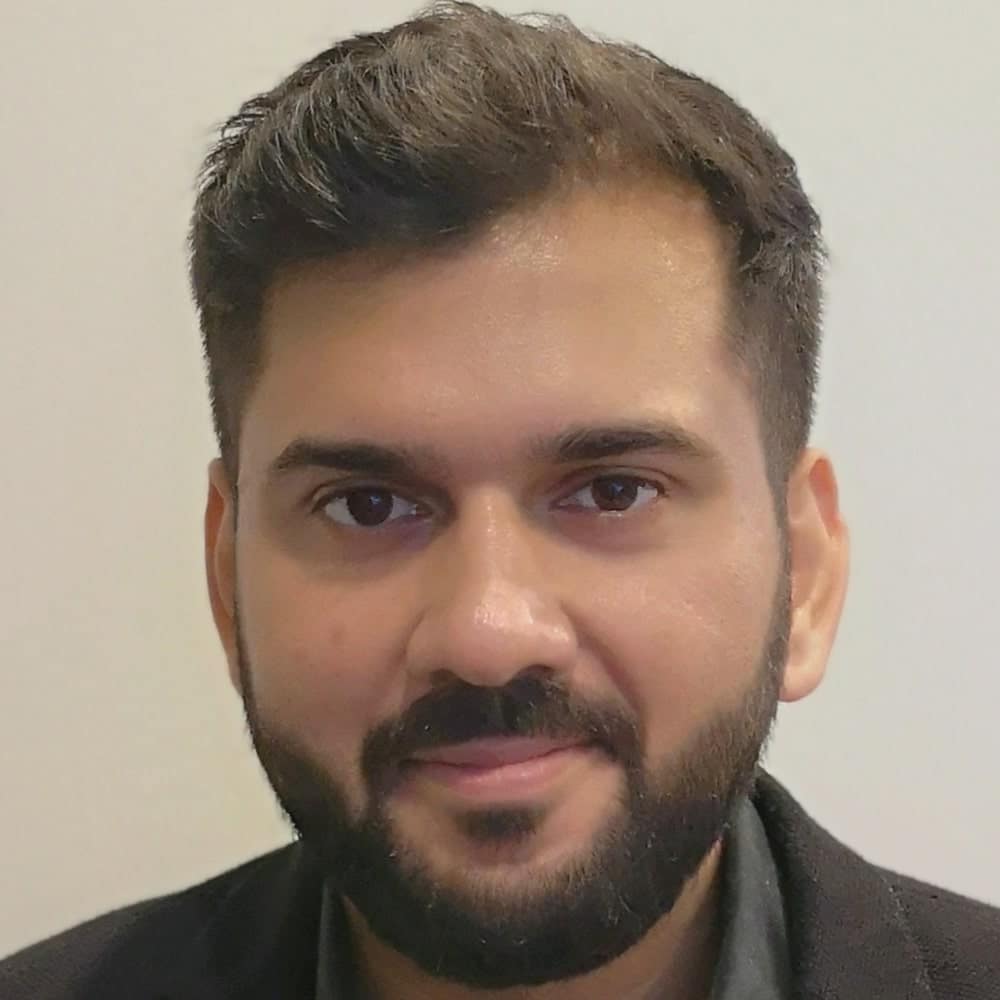
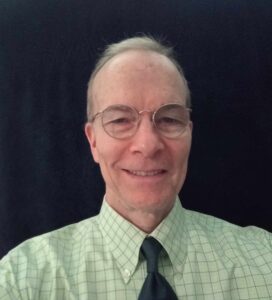
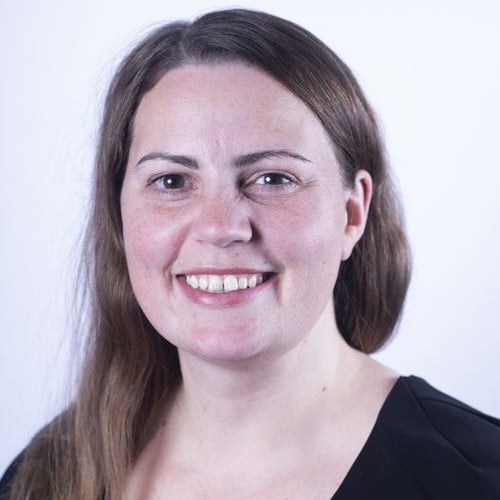
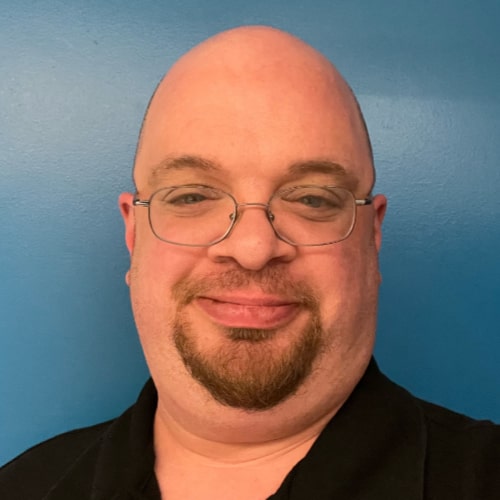
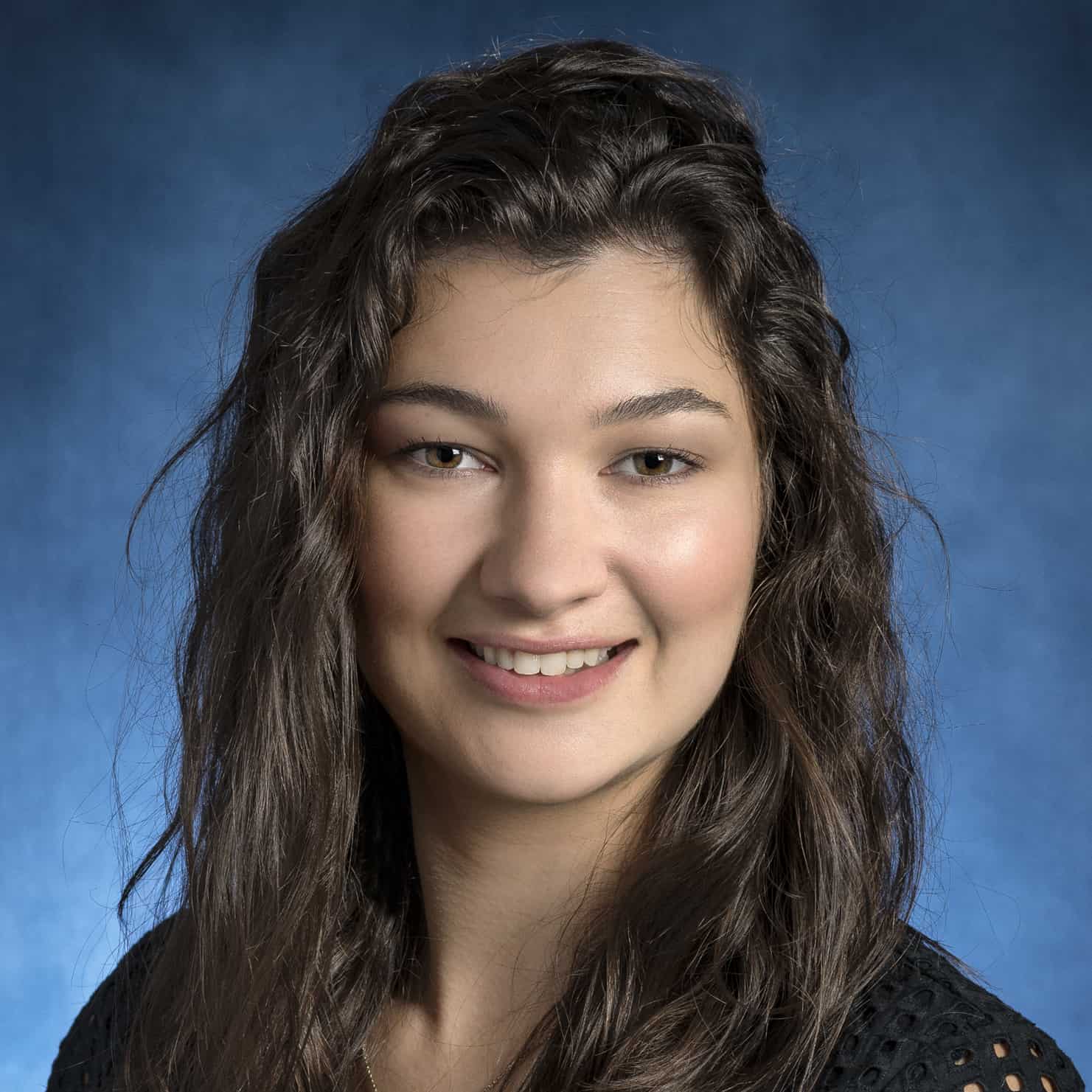
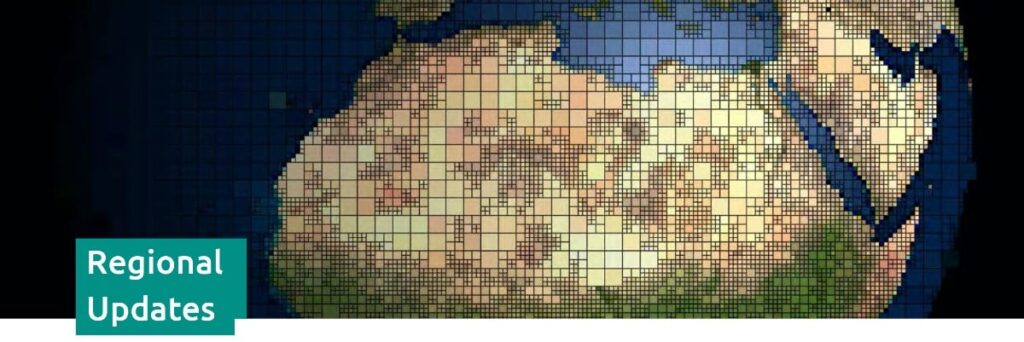

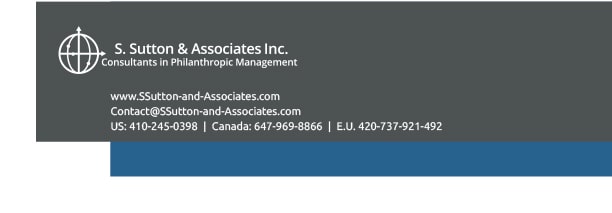
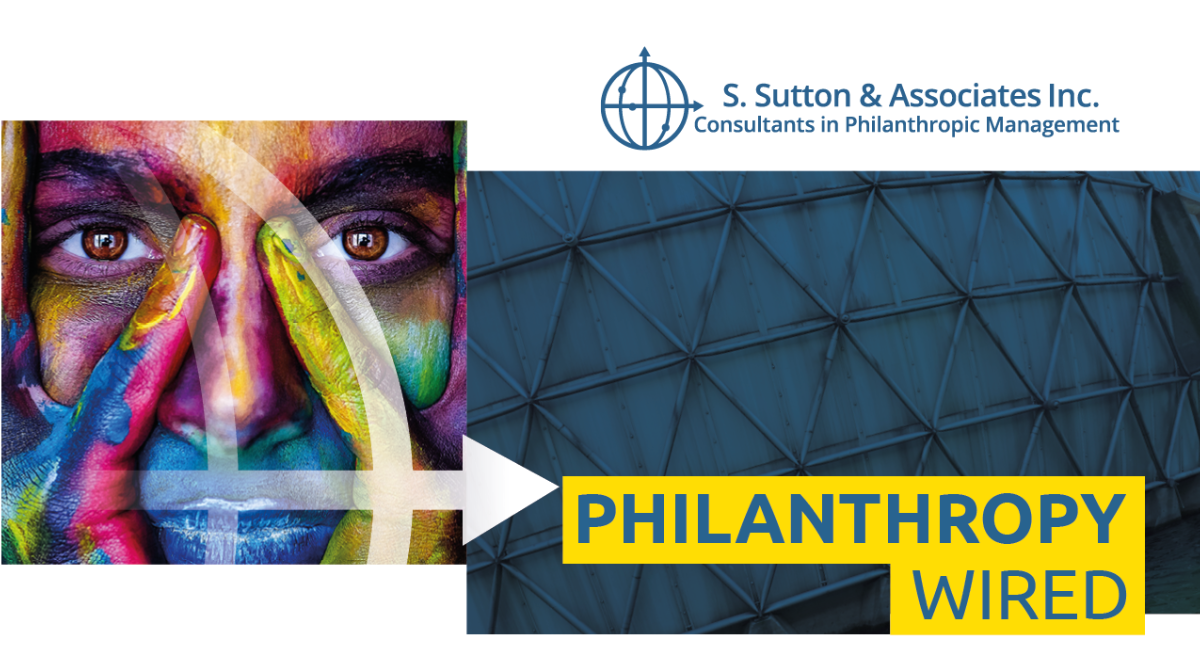
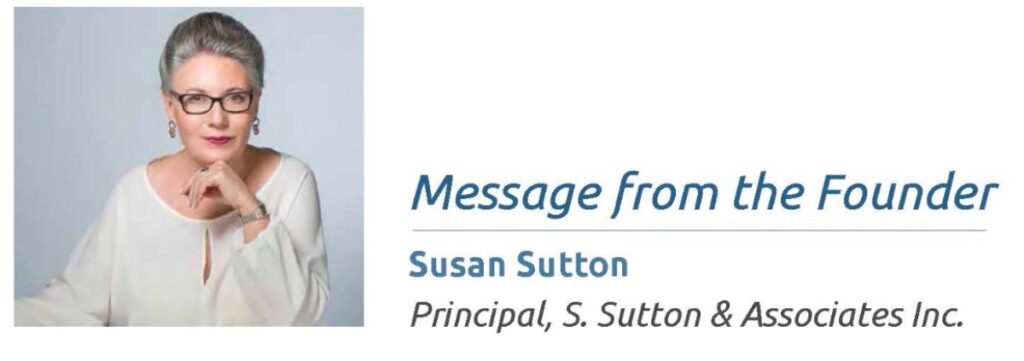

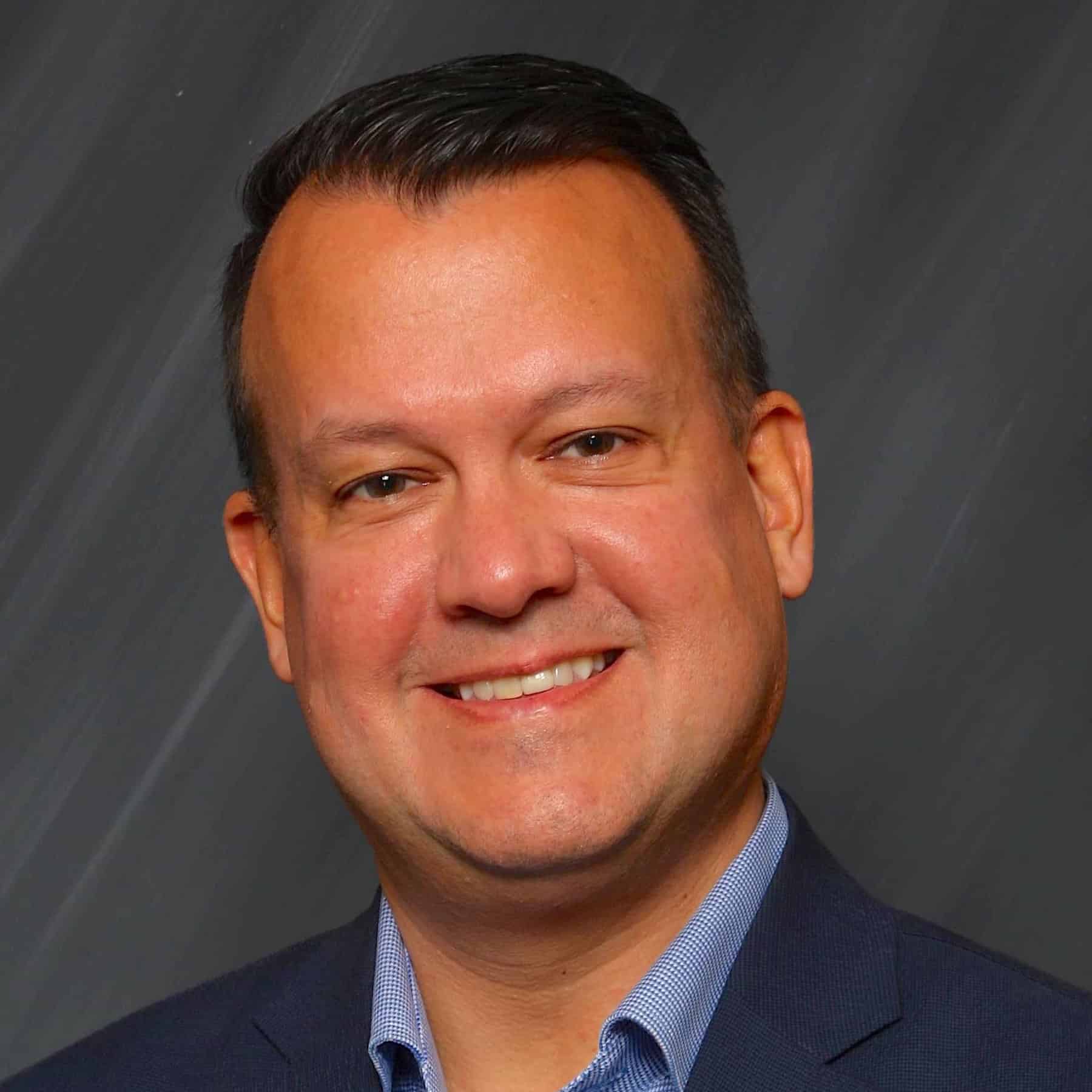
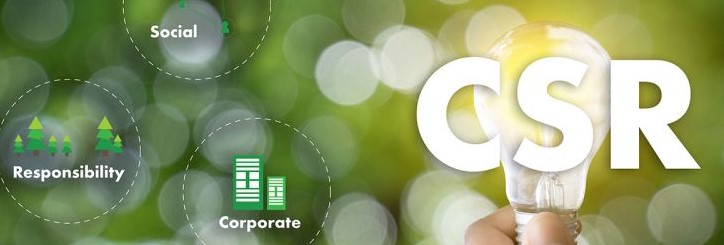



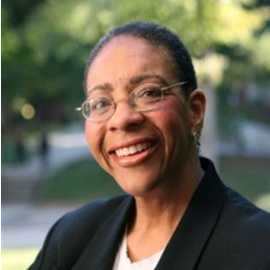



 www.SSutton-and-Associates.com
www.SSutton-and-Associates.com